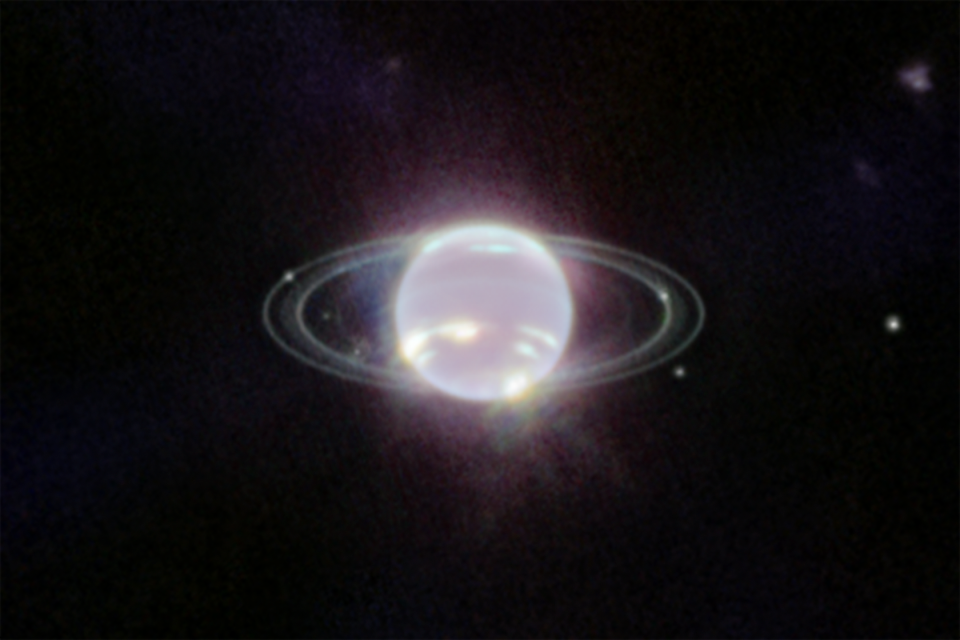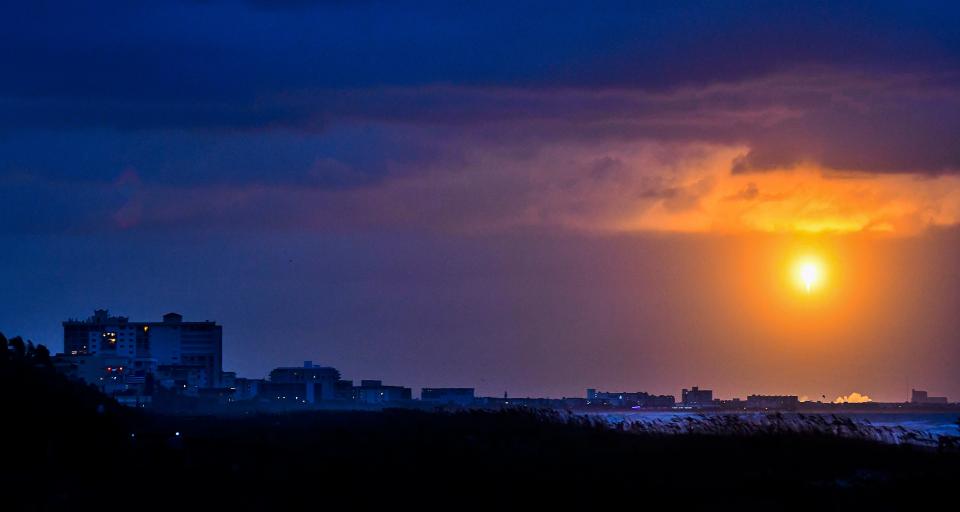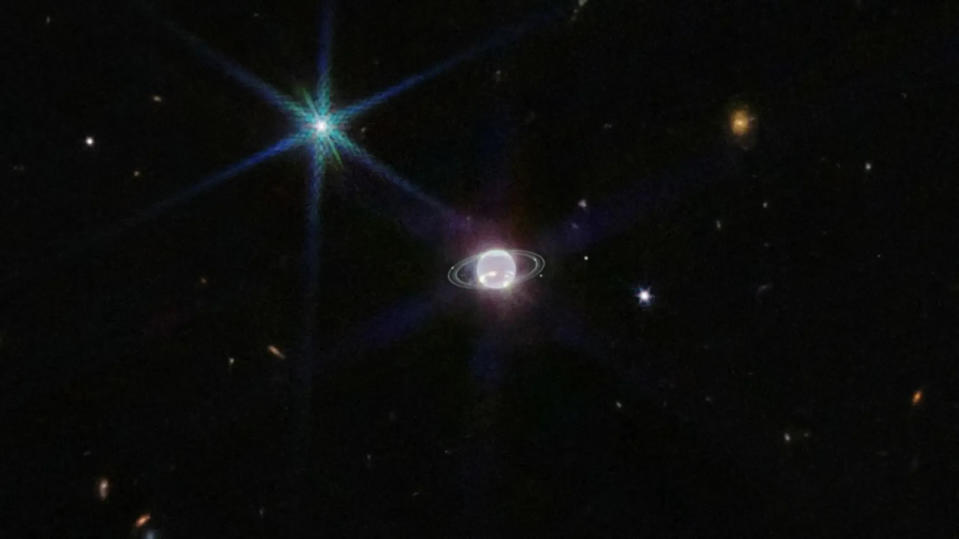Starlink sightings, Neptune's rings and Artemis keep focus on space | The Sky Guy
I recently received an email from my editor about a train of objects she saw in the early morning sky. She wanted to know what this line of lights was. I wrote her back that they were part of the Starlink internet system launched by SpaceX. There are over 2,300 in Earth orbit. Visit findstarlink.com to find ways to view them.
NASA recently released the James Webb Space Telescope’s amazing image of Neptune and its ring system. You can see this image on the NASA webpage in the James Webb Space Telescope mission link.

Sky Guy: Distant galaxies come into amazing focus; moon rambles past planets | The Sky Guy
Creative Arts: FSU launches Festival of the Creative Arts to celebrate campus innovation
A hit and a miss: On Sept. 26, NASA’s Double Asteroid Redirection Test (DART) smashed into the asteroid Dimorphos. DART was the first planetary defense demonstration to see if we could successfully change the orbit of an incoming object.
“At its core, DART represents an unprecedented success for planetary defense, but it is also a mission of unity with a real benefit for all humanity,” said NASA Administrator Bill Nelson.
The Artemis 1 mission has been postponed once again this time due to Hurricane Ian. NASA will roll the 32-story rocket back into the hanger.

Morning sky: You can see Mars and Jupiter in the early morning sky. Mars will be overhead just before sunrise. Look for a bright, reddish “star” straight up. You can catch Jupiter in the west just before sunrise. You can’t miss bright Jupiter as it dominates the western sky. It is also the closest it has been to Earth in 59 years. Watch the Moon pass a couple of bright stars and planets, see below for dates.
Evening sky: Jupiter entered the evening sky last month joining Saturn. Brilliant Jupiter will be low in the east just after sunset while Saturn is about halfway up. While Saturn is not that bright, it is in an area with no bright stars so it’s easy to find. Watch the Moon pass a couple of bright stars and planets, see below for dates.
1st: Tallahassee Astronomical Society’s free planetarium show, “October Skies over Tallahassee,” at the Downtown Digital Dome Theatre and Planetarium at the Challenger Learning Center (not recommended for children under 5). Doors close at 10 a.m. sharp. Masks highly recommended.

1st: International Observe the Moon Night at the Challenger Learning Center on Kleman Plaza, from 6-9 p.m. There will be a planetarium show, Moon-gazing through telescopes, create Moon-inspired art, and listen to Moon-themed music!
5th: Moon near Saturn in the evening sky.
8th: Moon near Jupiter in the evening sky.
12th – 13th: Moon near Pleiades star cluster in the evening into the morning sky.
14th – 15th: Moon near Mars in the evening into the morning sky.
17th: Moon near bright star Pollux in Gemini in the morning sky.
18th: Moon near Beehive star cluster in Cancer in the morning sky.
20th: Moon near bright star Regulus in Leo in the morning sky.
21st: Orionid meteor shower peaks in the morning sky.
27th: Moon near bright star Antares in Scorpius at sunset.
Check out TAS’s events calendar at tallystargazers.org
Ken Kopczynski is president of the Tallahassee Astronomical Society, a local group of amateur astronomers.
Never miss a story: Subscribe to the Tallahassee Democrat using the link at the top of the page.
This article originally appeared on Tallahassee Democrat: Space dazzles, from Starlink sightings to snapshots of Neptune

